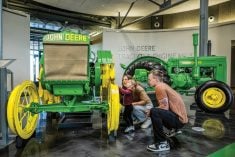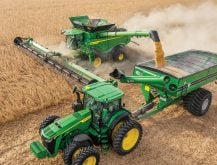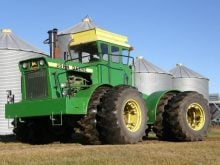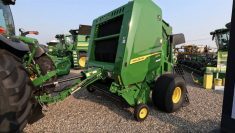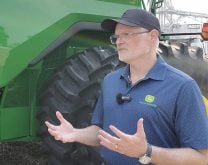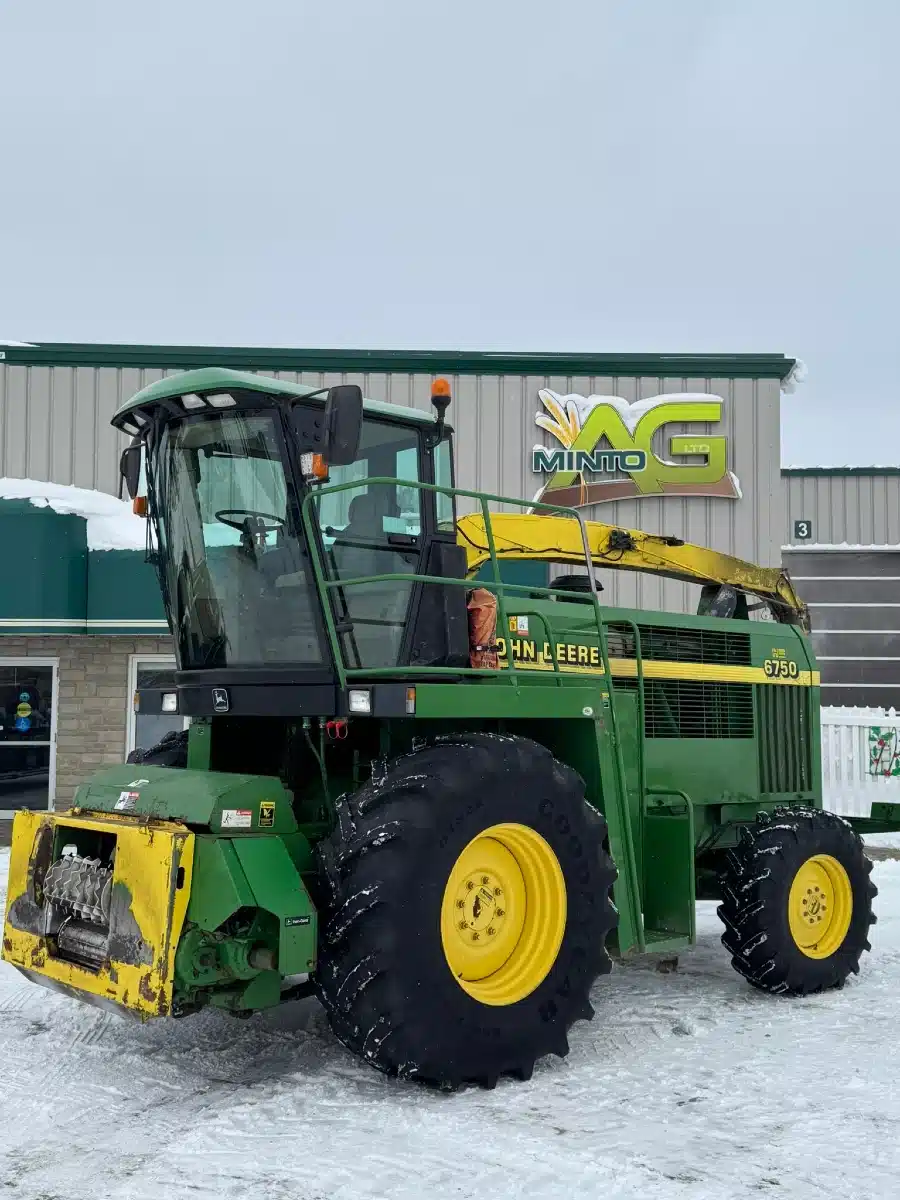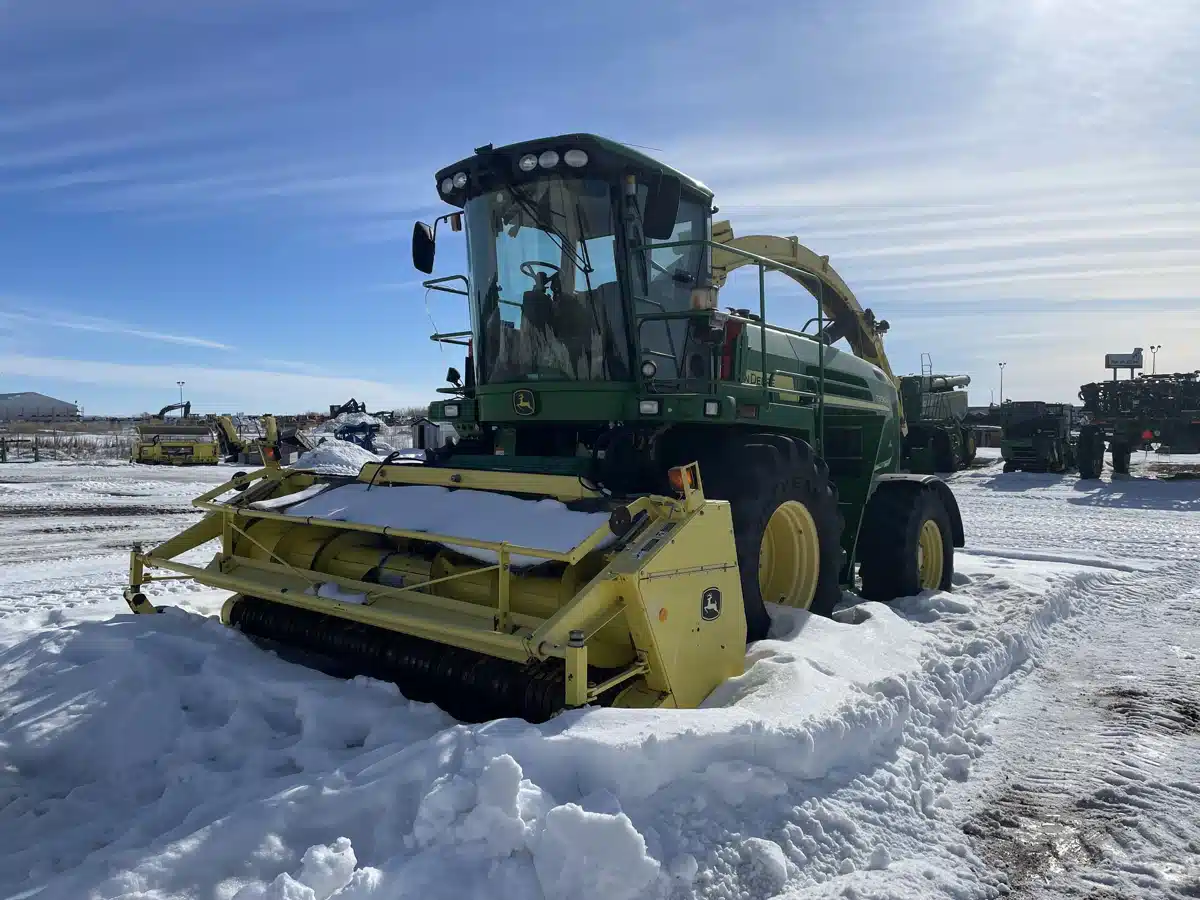Self-propelled, high-capacity forage harvesters require some serious power under their hoods. In the past, John Deere’s limited range of in-house diesel engines meant the green brand had to turn to engine manufacturers like Cummins to get enough muscle for their largest models. And while their top-end 9800 and 9900 models, which deliver 855 and 956 horsepower, respectively, still use a Liebherr 24-litre diesel, Deere’s three new forage harvesters, the 9500, 9600 and 9700, will get the company’s own new JD18X 18-litre engines.
“John Deere expanded the horsepower offerings for our wide-body forage harvesters that include the 9500 to 9900 models to provide improved performance and made updates to maximize machine uptime and reduce cost of operation,” said Chase Milem, marketing manager with John Deere. “Customers now have more choices than ever when it comes to selecting a new John Deere forage harvester.”
[RELATED] New rakes and tedders from Kuhn
Read Also
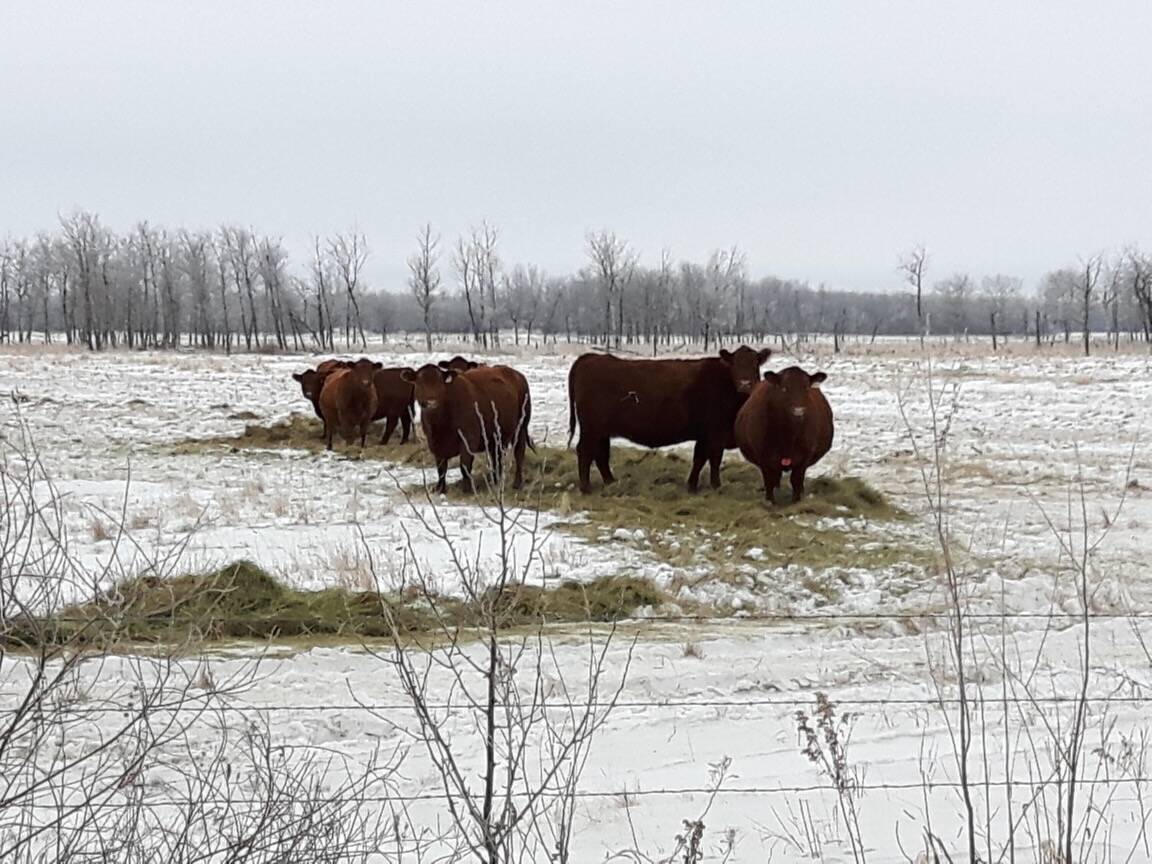
Prevent nitrate poisoning in overwintering beef cows
High-nitrate feeds can be deadly for overwintering beef cows. They can be used, but only if they’re processed and diluted in a lower nitrate ration.
The 9500 gets 755 maximum horsepower, that jumps to 775 in the 9600 and 813 in the 9700. The new Deere JD18X engine claims a “market-leading productivity with up to 13 per cent higher efficiency,” according to Deere. This is due to the fact, says the brand, it offers a diesel-only innovation that does not require DEF fluid to meet emissions regulations. It also gets a 750-hour service interval, which is a 33 per cent improvement compared with the previous generation 13.5-litre diesel Deere was offering.
Deere claims the performance characteristics of the JD18X engine perfectly match the duty cycle required for a high-throughput forage harvester, which results in lower fuel consumption rates as an added benefit.
“This is partly due to our industry exclusive HarvestMotion Plus engine technology,” said Milem. “HarvestMotion Plus provides a unique torque-rise curve and extra power at low engine r.p.m., which increase power so operators can push through tough conditions while maintaining crop-harvesting quality.”
Another improvement on the new 9000 series machines is the discharge spout design. It provides better operator visibility while unloading and boosts reliability compared with previous models, according to Deere. The addition of more clean-outs and a change in the geometry of the spout allow operators to run in “sticky” crop conditions for longer periods without plugging.
[RELATED] Updated balers from Claas
“Reliability, low cost of operation, increased quality of completed work, minimized daily maintenance requirements and reduced total fluid consumption were key improvements John Deere made that will benefit customers,” Milem said.
Part of creating that high-quality feed Milem talked about comes from the processing ability of the 9000 series machines, which use John Deere’s Premium or XStream KP kernel processors to enhance feed quality. John Deere also offers other integrated technology for their SP harvesters, such as fully integrated AutoTrac RowSense guidance, Active Fill Control with rear unloading and the Generation 4 universal display. And, of course, the JDLink telematics package is available for the harvesters too. The required hardware for it comes built in as a base-level feature.
There is also the HarvestLab 3000 feature, which provides on-the-go constituent sensing and documentation.
“Customers have told us for years how much they appreciate the versatility of HarvestLab 3000,” Milem said. “It can be used as a manure sensing tool and as a stand-alone stationary test unit that can analyze up to seven constituents. These constituents include NDF, crude protein, moisture, sugar, starch, crude fibre, ash and ADF. Using the documented information, farmers can quickly analyze data from worked fields, adjust fertilizer use, select optimal varieties for the upcoming season and improve water management.”





